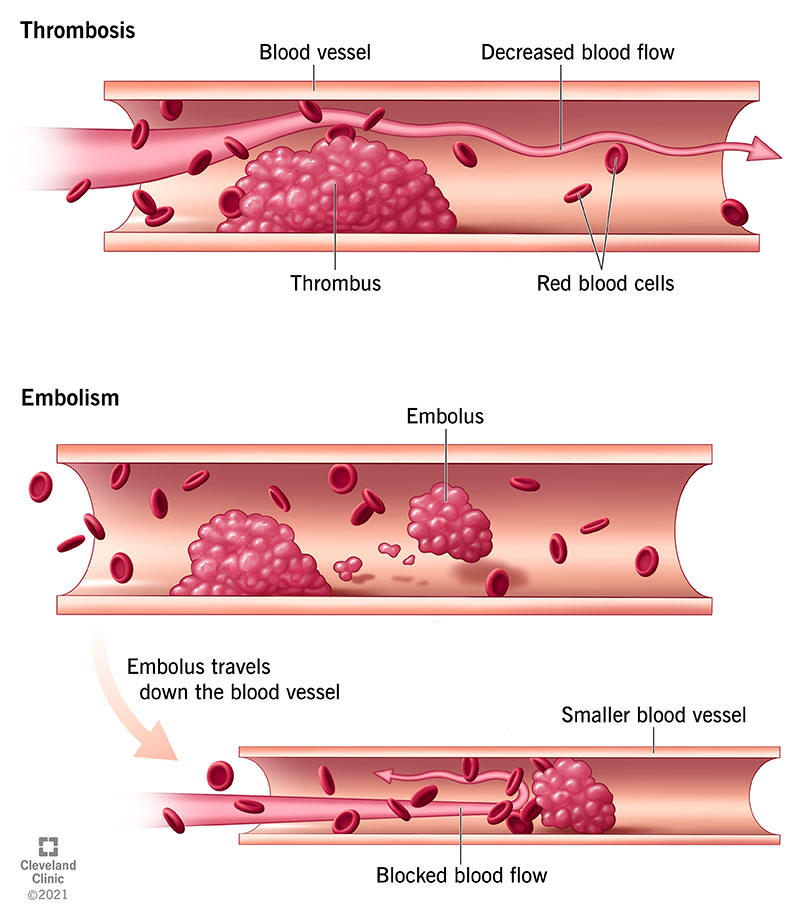An abdominal tap is used to remove fluid from the area between the belly wall and the spine. This space is called the abdominal cavity or peritoneal cavity.
This test may be done in a health care provider's office, treatment room, or hospital.
The puncture site will be cleaned and shaved, if necessary. You then receive a local numbing medicine. The tap needle is inserted 1 to 2 inches (2.5 to 5 cm) into the abdomen. Sometimes, a small cut is made to help insert the needle. The fluid is pulled out into a syringe.
The needle is removed. A dressing is placed on the puncture site. If a cut was made, one or two stitches may be used to close it.
Sometimes, ultrasound is used to guide the needle. An ultrasound uses sound waves to make the image and not x-rays. It does not hurt.
There are 2 kinds of abdominal taps:
- Diagnostic tap -- A small amount of fluid is taken and sent to the laboratory for testing.
- Large volume tap -- Several liters may be removed to relieve abdominal pain and fluid buildup and shortness of breath caused by a large volume of ascites.
Let your provider know if you:
- Have any allergies to medicines or numbing medicine
- Are taking any medicines (including herbal remedies)
- Have any bleeding problems
- Might be pregnant
You may feel a slight sting from the numbing medicine, or pressure as the needle is inserted.
If a large amount of fluid is taken out, you may feel dizzy or lightheaded. Tell the provider if you feel dizzy or lightheaded.
Normally, the abdominal cavity contains only a small amount of fluid if any. In certain conditions, large amounts of fluid can build up in this space.
An abdominal tap can help diagnose the cause of fluid buildup or the presence of an infection. It may also be done to remove a large amount of fluid to reduce belly pain.
Normally, there should be little or no fluid in the abdominal space.
There is a slight chance that the needle could puncture the bowel, bladder, or a blood vessel in the abdomen. If a large quantity of fluid is removed, there is a slight risk of lowered blood pressure and kidney problems. There is also a slight chance of infection.
Peritoneal tap; Paracentesis; Ascites - abdominal tap; Cirrhosis - abdominal tap; Malignant ascites - abdominal tap
Alarcon LH. Paracentesis and diagnostic peritoneal lavage. In: Vincent J-L, Abraham E, Moore FA, Kochanek PM, Fink MP, eds. Textbook of Critical Care. 7th ed. Philadelphia, PA: Elsevier; 2017:chap E10.
Koyfman A, Long B. Peritoneal procedures. In: Roberts JR, Custalow CB, Thomsen TW, eds. Roberts and Hedges' Clinical Procedures in Emergency Medicine and Acute Care. 7th ed. Philadelphia, PA: Elsevier; 2019:chap 43.
McNaught C. Practical procedures and patient investigation. In: Garden JO, Parks RW, Wigmore SJ, eds. Principles and Practice of Surgery. 8th ed. Philadelphia, PA: Elsevier; 2023:chap 10.
Solà E, Ginès P. Ascites and spontaneous bacterial peritonitis. In: Feldman M, Friedman LS, Brandt LJ, eds. Sleisenger and Fordtran's Gastrointestinal and Liver Disease. 11th ed. Philadelphia, PA: Elsevier; 2021:chap 93.
Updated by: Michael M. Phillips, MD, Emeritus Professor of Medicine, The George Washington University School of Medicine, Washington, DC. Also reviewed by David C. Dugdale, MD, Medical Director, Brenda Conaway, Editorial Director, and the A.D.A.M. Editorial team.








